US approves $1.1 billion sale to Saudi Arabia of military equipment and services
Sale includes 6,600 missiles, parts for M1A2 Abrams tanks, M2 Bradley Fighting Vehicles, Humvees, and howitzers, and helicopter maintenance support services
The U.S. State Department approved sales of military equipment and services to Saudi Arabia worth an estimated $1076.8 million, the Defense Security Cooperation Agency said in three separate releases on Thursday, March 22.
The proposed sales include anti-tank guided missiles, parts for M1A2 Abrams tanks, M2 Bradley Fighting Vehicles, Humvees, and towed howitzers, as well as helicopter maintenance support services.
TOW 2B (BGM-71F-Series) anti-tank guided missiles
The highest-value of the three approved sales was the Saudi request for up to six 6,600 TOW 2B missiles (BGM-71F-Series) and 96 TOW 2B (BGM-71F-Series) fly-to-buy lot validation missiles at an estimated cost of $670 million.
The sale also includes spares and repair parts; consumables; live fire exercise and ammunition; training; transportation; U.S. Government and contractor support; contractor technical support; and other associated equipment and services, the release said.
“This potential sale is consistent with U.S. initiatives to provide key partners in the region with modern systems that will enhance interoperability with U.S. forces and increase stability,” DSCA said, adding that the sale would advance Saudi Arabia’s efforts to develop an integrated ground defense capability.
The principal contractor is Raytheon Missile Systems.

The BGM-71 TOW – Tube-launched, Optically tracked, Wire-guided – missile, first designed in the 1960s and produced in the 1970s to attack armored vehicles, can be fired by soldiers from portable launchers, as well as from vehicles and aircraft.
Once fired, the target must be kept in the shooter’s line of sight until the missile impacts.
The BGM-71D known as TOW 2 features improved guidance and an enlarged main warhead. The BGM-71F variant employs a top-down attack using explosively formed penetrators.
The notification to the U.S. Congress notes that “the TOW 2B RF can be launched from the same launcher platforms as the existing wire-guided TOW 2B missiles without modification to the launcher,” implying that at least some of the missiles will be wireless.
Spare parts for military vehicles
The second approved sale is “to provide funds for blanket order requisitions under a Cooperative Logistics Supply Support Agreement (CLSSA) for common spares/repair parts to support Saudi Arabia’s fleet of M1A2 Abrams tanks, M2 Bradley Fighting Vehicles, High Mobility Multipurpose Wheeled Vehicles (HMMWVs), Light Armored Vehicles (LAVs), M198 Towed Howitzers” and other support, at an estimated cost of $300 million.
“This potential sale is consistent with U.S. initiatives to provide key allies in the region with modern systems that will enhance interoperability with U.S. forces and increase stability,” the release said.
Helicopter maintenance support services
The third sale is for the “continuation of the Maintenance Support Services (MSS) contract that supports the Royal Saudi Land Forces Aviation Command’s (RSLFAC) fleet of AH-64D/E [Apache], UH-60L [Black Hawk], Schweizer 333 and Bell 406CS helicopters,” at an estimated total case value of $106.8 million.
The MSS contract includes management and installation of engineering change proposals and modification work orders; aircraft simulator logistics, maintenance and technical support; training; maintenance management and other support, the release said, adding that the services will “aid in the maintenance support of Saudi Arabia’s rotary wing aircraft fleet, engines, avionics, weapons, and missile components.”
The principal contractor will be DynCorp International, and implementation of the proposed sale will require one U.S. government and up to 320 contractor representatives to travel to Saudi Arabia for two years.


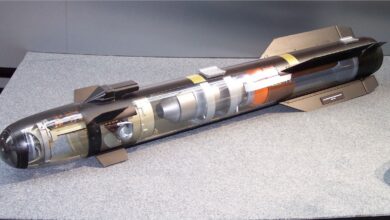
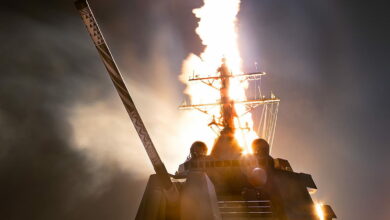

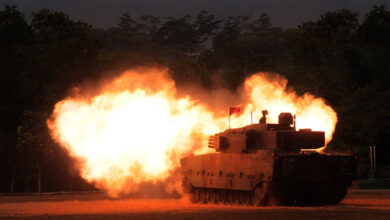
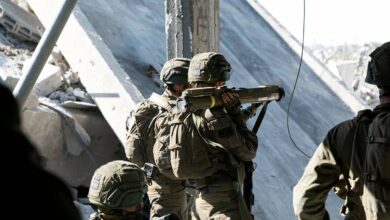
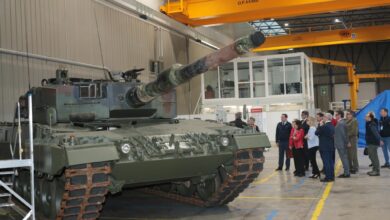
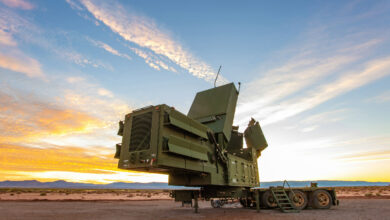
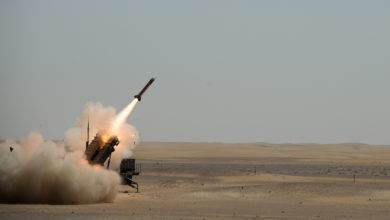
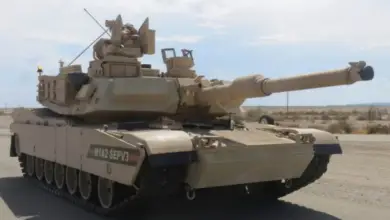
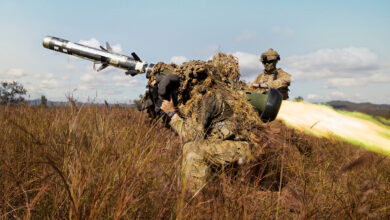
3 Comments